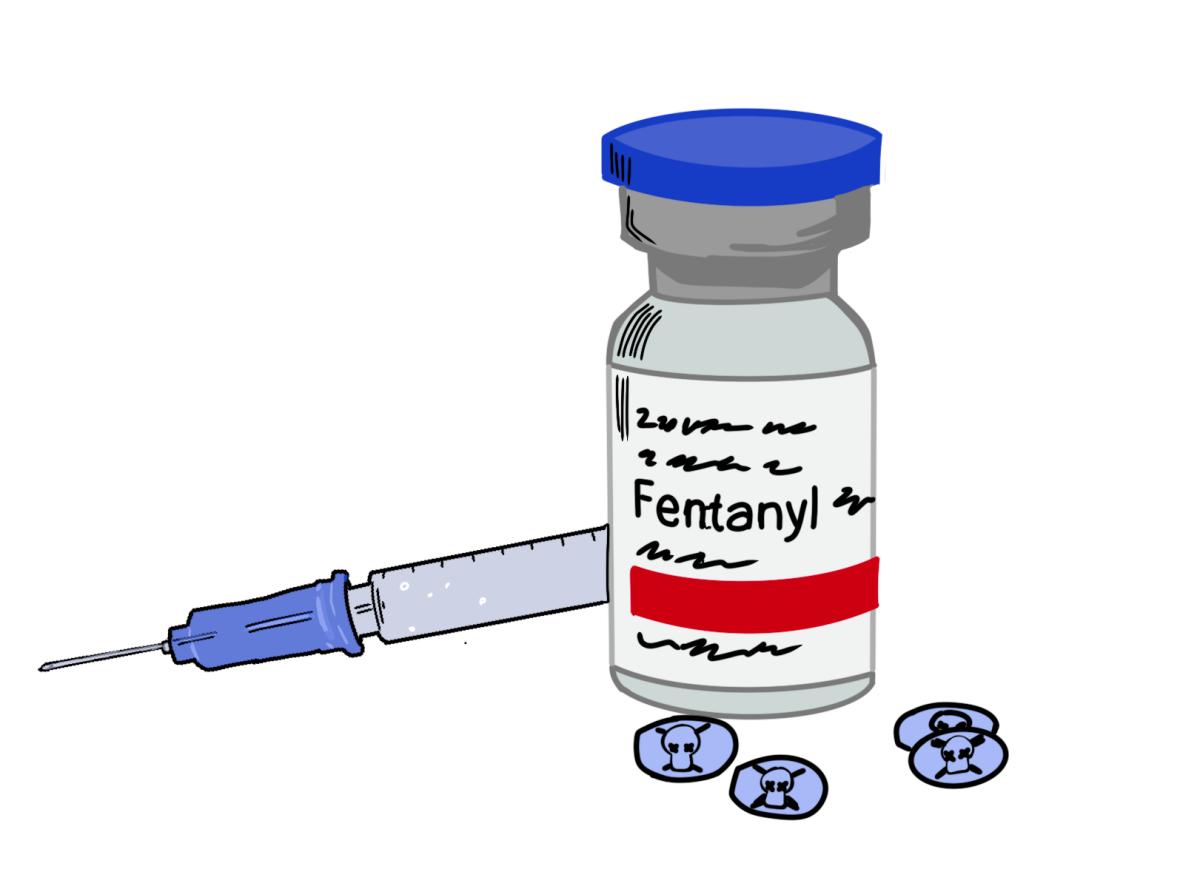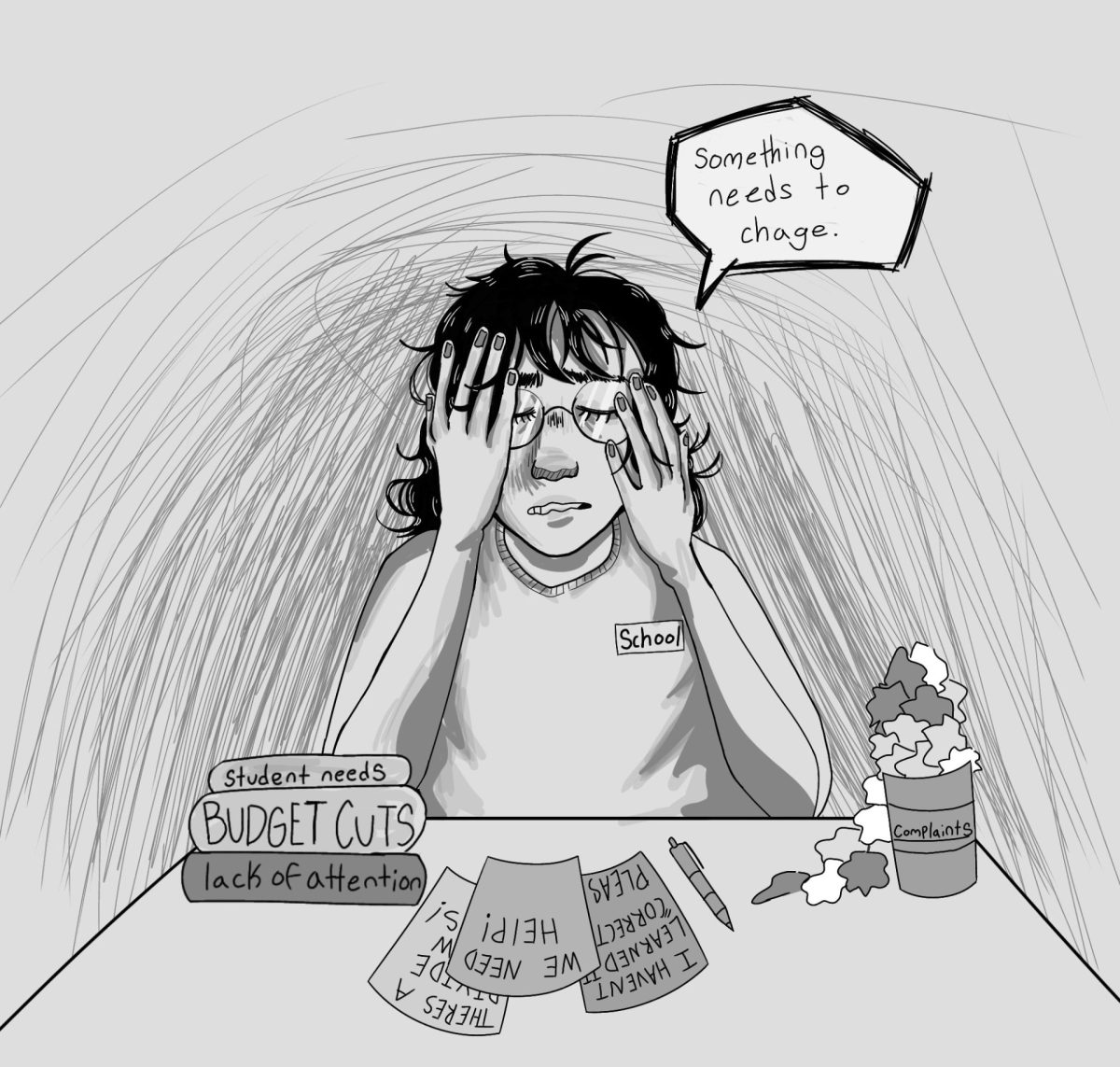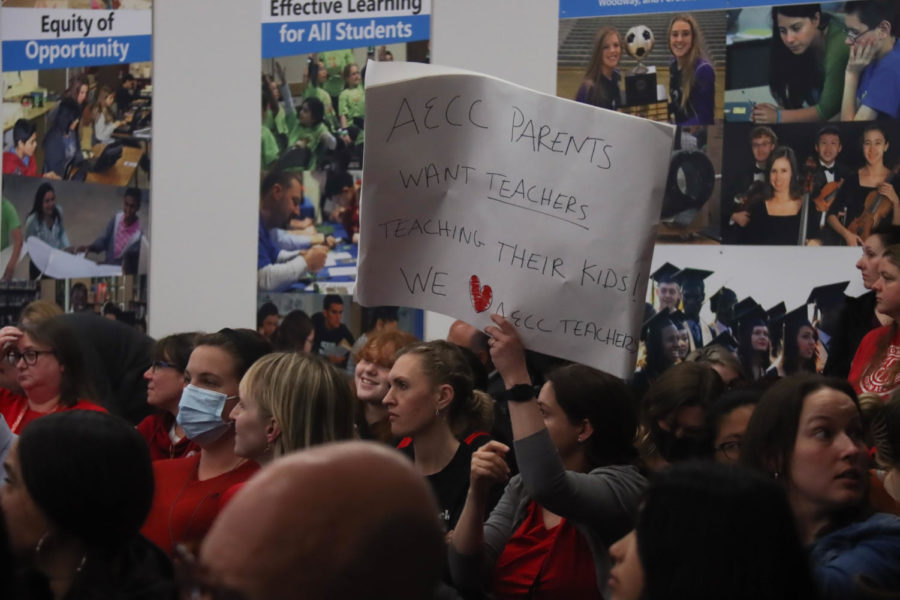Seattle has seen an extreme spike in fentanyl deaths since 2022, rising from 385 deaths recorded in 2021 to 1,079 deaths in 2023. This extreme spike is not unheard of in America. All across America, a rise in illegal fentanyl creation and distribution is becoming more and more common.
According to Texas Health and Human Services, fentanyl is a powerful synthetic opioid that is up to 50 times stronger than heroin and 100 times stronger than morphine. Just 2 milligrams of fentanyl, equal to 10 to 15 grains of table salt, is considered a lethal dose. Different opioids, such as meth, heroin, as well as fentanyl, have been in use within Seattle since 2013, though not as many deaths occurred at that time, but fentanyl-laced drugs are now being reported more and more often. “Drugs have become more and more common and more normalized and so the fact that they are being laced becomes a greater and greater danger. I hope there’s some way to regulate this that doesn’t alienate those who are using it and are going to be shut out or full-on blocked with nothing to help them, but it also needs to be stopped or slowed or else it’s going to continue to keep killing people.” senior Henry Appel said.
In 2022, the U.S. Drug Enforcement Administration (DEA) released a public alert about the rate of laced fentanyl pills: “The DEA Laboratory has found that, of the fentanyl-laced fake prescription pills analyzed in 2022, six out of ten now contain a potentially lethal dose of fentanyl.” The amount of possibly laced fake prescription pills has now risen by two, originally being 4 out of 10.
Within Seattle, different opioids, such as heroin, have always been in use, fentanyl has now collected more deaths in 2023 than any other drug. At its highest point last year, King County Public Health officials reported an average of 25 fentanyl-related overdoses a week. The fentanyl crisis is also becoming more rampant for teens and adolescents. “Three times as many kids and teens died from an opioid-related overdose in 2022 than did in 2019,” according to the Seattle Times. “The future honestly doesn’t seem that bright considering every single wave of freshmen that comes in just does more ‘things’, but also doesn’t know anything about harm reduction,” said junior Atticus Sumabat. “They’re so invested into doing drugs but not what [drugs] really do and how they can affect you, I mean they may know but they just don’t care and don’t fully realize the consequences over time.”
Schools can keep going with the antidrug campaigns but they still need to recognize and act accordingly to the knowledge that students are still going to be using.
— Atticus Sumabat, junior
Fentanyl trafficking is a heavily recorded subject. The fentanyl traffic to the U.S. in 2019 is drastically more diverse than at the start of the fentanyl crisis in 2013. DEA states that our main sources of fentanyl include China and Mexico, but India is now rising as a prominent new source. Washington is ranked 2nd for the highest increased fentanyl deaths per year, rising 65%. Fentanyl deaths for teenagers have also highly increased, double the average in the U.S., DEA agent David Reames said, “It’s extraordinarily dangerous. So two milligrams of fentanyl is considered to be a lethal dose and right now, 70% of the pills the DEA is seizing nationwide contain greater than two milligrams of fentanyl.”
The opioid epidemic started in the 1990s, with prescription opioids causing overdoses and other drug-related fatalities, until 1999. The next rampant opioid epidemic started in 2010, involving heroin overdoses. Fentanyl was introduced in 2013 when fentanyl overdoses made up only 10% of all drug overdoses. Then, in the 2020s, fentanyl use and illegal distribution became all the more common within America, hitting Seattle especially hard.
Within Seattle’s drug epidemic also comes a factor of economic and social placement in society. A seminal National Academy of Science report summarized, “While increased opioid prescribing for chronic pain has been a vector of the opioid epidemic, researchers agree that such structural factors as lack of economic opportunity, poor working conditions, and eroded social capital in depressed communities, accompanied by hopelessness and despair, are root causes of the misuse of opioids and other substances.”
The increase in opioid distribution within Washington brings up a worrying “what-if” of the potentially deadly consequences if fentanyl is spread to teenagers and adolescents. According to the University of California, Los Angeles, “An average of 22 adolescents 14 to 18 years of age died in the U.S. each week in 2022 from drug overdoses, raising the death rate for this group to 5.2 per 100,000– driven by fentanyl in counterfeit pills, new research finds.” This means the overdose rate for teens has doubled from 2019 to 2020. This epidemic has in part to do with fake prescriptions, such as oxycodone, being spread to younger adults. “I am very frightened for the future and what drugs will do to the youth, I’m very worried that a close friend of mine will get hooked now that it’s a very common thing,” sophomore Dallas Carreiro said, “I think it’s awful, I think it’s evil, I think it’s a really scary thing and I’m worried about everyone around me.”
Different actions have been taken by King County and plans to open up different rehab and health centers have been put in place. Seattle and King County Council members have put forth new efforts to tackle how to help those using drugs rather than completely outlawing any drug use. “I think people are gonna start realizing that the laws that are put in place legalizing drug use really aren’t working, like they kinda put in place to be more compassionate to people are suffering from drug addictions but I think it backfired because they normalized it a lot, and when you normalize drug use and you have it just like a completely free market, allowing anyone to get it, what happens is that you’re not helping people with drug addictions you’re creating more drug addictions.” Sophia Suciu, sophomore, said.
Drugs have become more common
and normalized, and so the fact that they are being laced becomes a greater danger.
— Henry Appel, senior
Seattle has also introduced new bills and strategies tackling opioid usage in school. House Bill 1956 will require every school to provide information on fentanyl and opioid use. “I think schools could do a lot better when it comes to harm reduction and keeping students safe because yeah there are so many anti-drug campaigns but they never want to recognize that kids are gonna get their hands on drugs anyways and that kids are gonna use anyway and they never want to say what you can do to be safer while using these things and going through a lot of stuff no one really tells you how to actually test your drugs to see if there’s fentanyl.” Atticus Sumabat continued, “Schools can keep going with the anti-drug campaigns but they still need to recognize and act accordingly to the knowledge that students are still going to be using.”
















